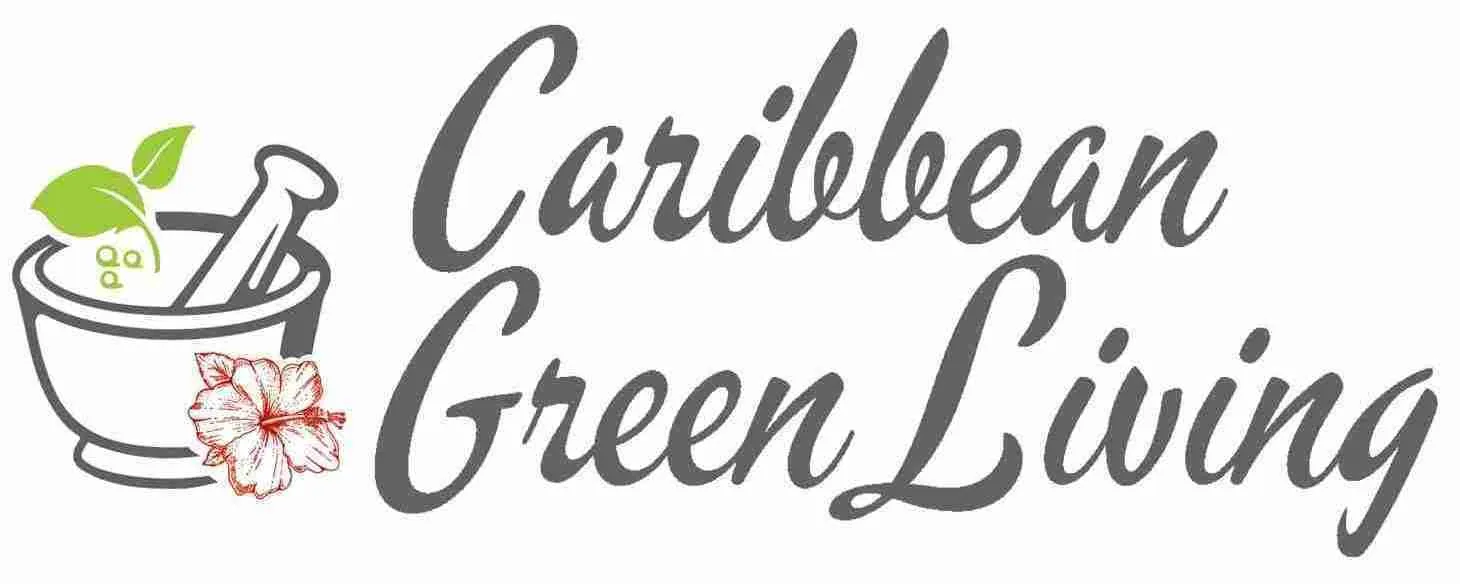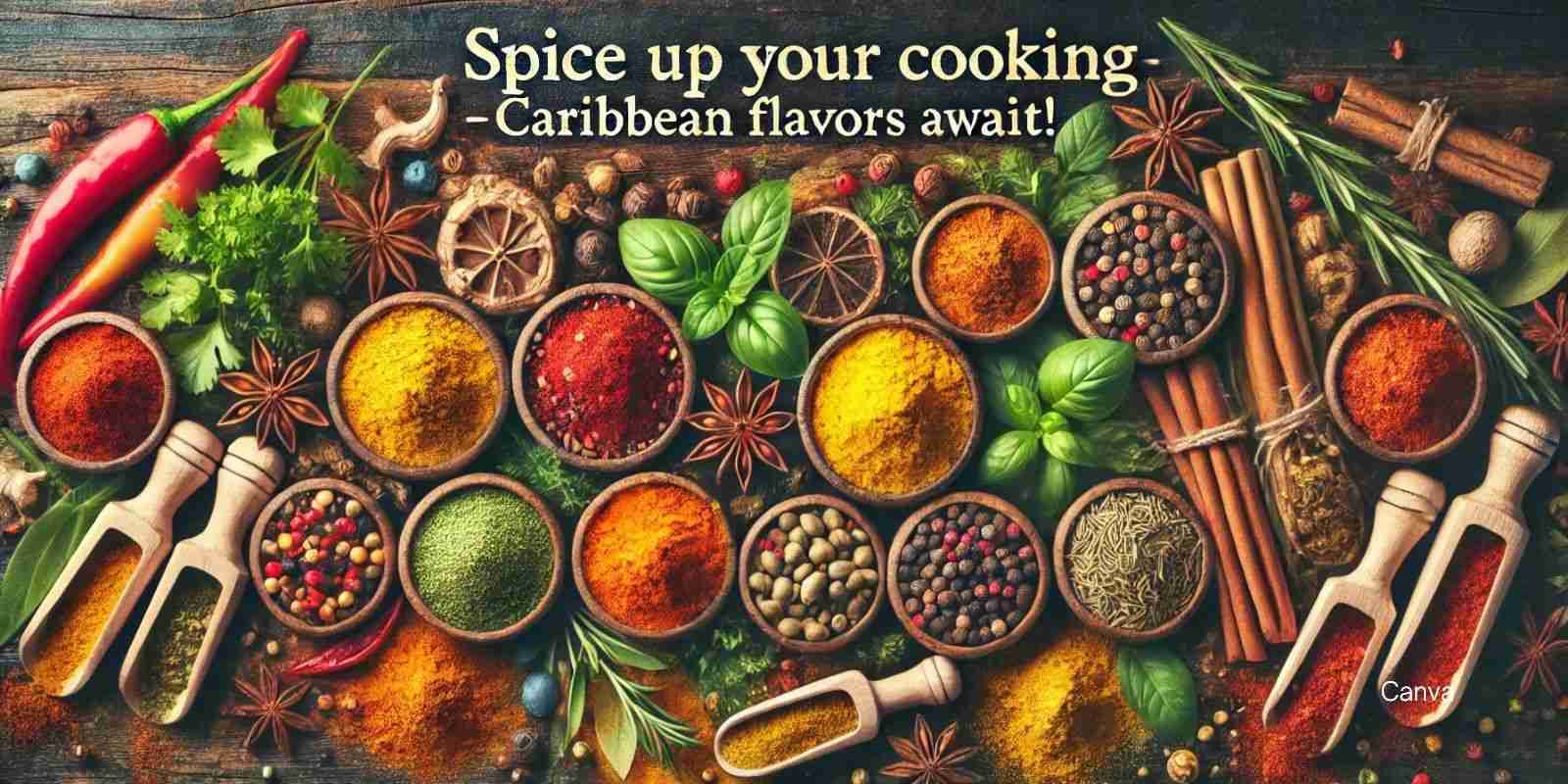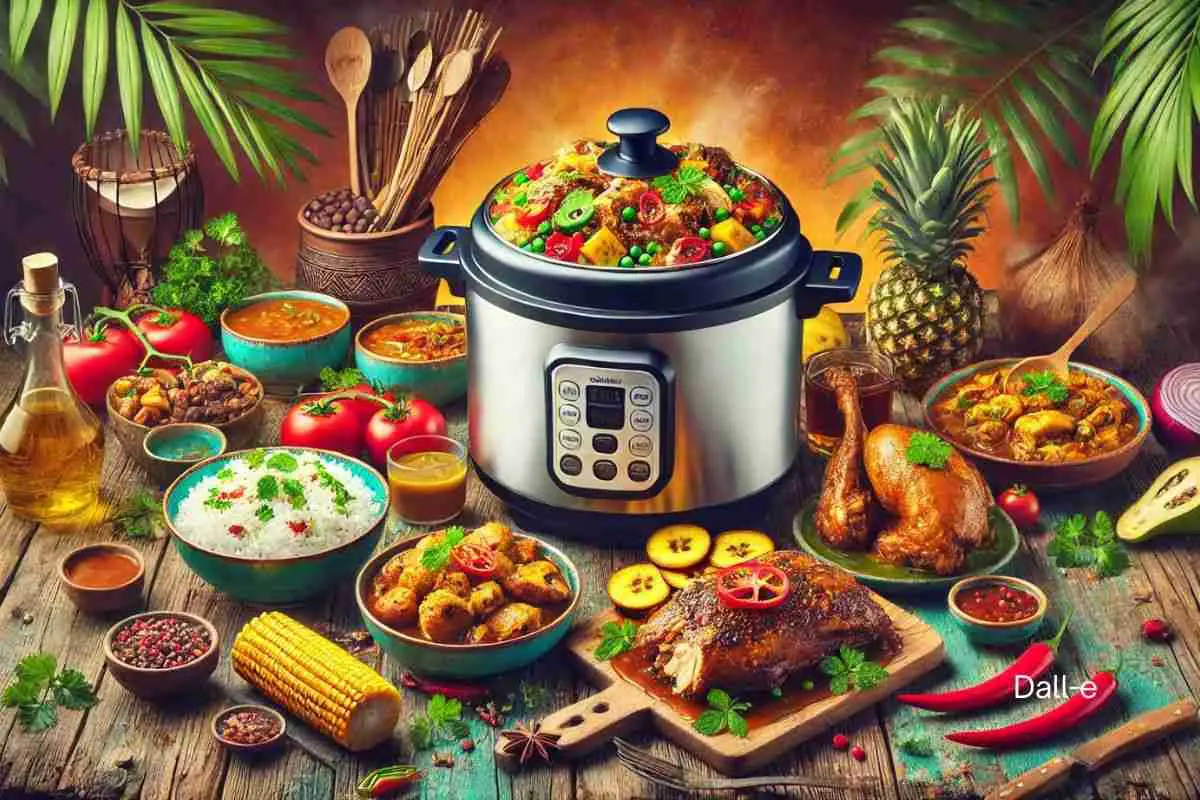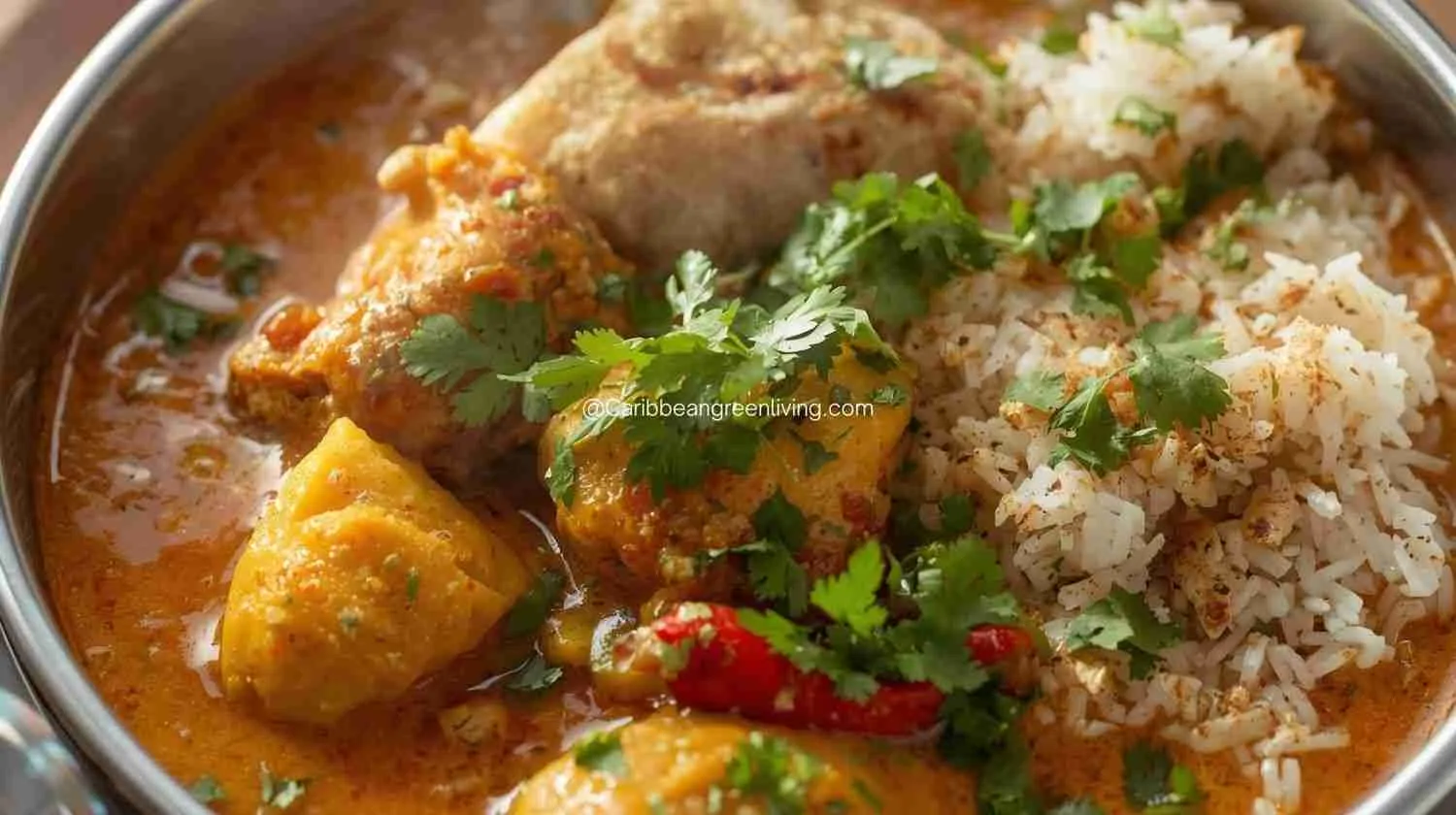Ounces and Cups: A Beginner’s Guide
Understanding the relationship between ounces and cups is fundamental to successful cooking and baking. Whether you’re converting fluid ounces to cups for a liquid recipe or grappling with dry ounces for baking, this guide will equip you with the knowledge and tools to measure with precision. Let’s dive into the world of ounces and cups to ensure your culinary creations are always a hit.
Understanding Fluid Ounces and Dry Ounces
The first step to mastering measurements is understanding the difference between fluid ounces and dry ounces.
- Fluid Ounces: These are used to measure liquids, such as water, milk, oil, and juice. One fluid ounce is equal to about 29.57 milliliters.
- Dry Ounces: These are used to measure dry ingredients, like flour, sugar, and grains. While they share the same name, dry ounces and fluid ounces are not equal. The volume of a dry ounce can vary depending on the ingredient and how it is packed.
The Relationship Between Ounces and Cups
To complicate matters further, both fluid ounces and dry ounces can be converted to cups. However, the conversion factor differs depending on whether you’re dealing with a liquid or a dry ingredient.
- Fluid Ounces to Cups: There are 8 fluid ounces in 1 cup.
- Dry Ounces to Cups: The conversion for dry ounces to cups is not as straightforward. It depends on the specific ingredient and its density. For example, 8 ounces of flour will not equal 1 cup of flour.
Tips for Converting Between Ounces and Cups
- Use a Conversion Chart: A conversion chart can be a lifesaver when you’re in the middle of a recipe. We’ve included a downloadable chart at the end of this post for your convenience.
- Understand Ingredient Density: Dry ingredients like flour, sugar, and brown sugar have different densities, which affect their volume. To ensure accuracy, it’s best to use a measuring cup designed for dry ingredients and level off the top with a straight edge.
- Consider Weight Measurements: For precise baking, consider using a kitchen scale. Weight measurements are more consistent than volume measurements, especially for dry ingredients.
- Practice Makes Perfect: The more you cook and bake, the better you’ll become at estimating measurements. Over time, you’ll develop a feel for how much of an ingredient you need.
Here’s what you need to remember:
- 1 cup = 8 fluid ounces
- ¾ cup = 6 fluid ounces
- ½ cup = 4 fluid ounces
- ¼ cup = 2 fluid ounces
- 1 cup = 4.5 dry-weight ounces
Remember: These are general conversions and can vary slightly depending on the specific ingredient. For accurate measurements, especially for dry ingredients, it’s always best to use a kitchen scale.
Convert Fluid Ounces to Liquid Cups
| Ounces (fl oz) | Cups | Milliliters (mL) | Tablespoons (Tbsp) |
| 2 fl oz | 1/4 cup | 59 mL | 4 Tbsp |
| 2 2/3 fl oz | 1/3 cup | 79 mL | 5 Tbsp |
| 4 fl oz | 1/2 cup | 118 mL | 8 Tbsp |
| 5 1/3 fl oz | 2/3 cup | 158 mL | 10 Tbsp |
| 6 fl oz | 3/4 cup | 177 mL | 12 Tbsp |
| 8 fl oz | 1 cup | 237 mL | 16 Tbsp |
| 12 fl oz | 1 1/2 cups | 355 mL | 24 Tbsp |
| 16 fl oz | 2 cups | 474 mL | 32 Tbsp |
| 32 fl oz | 4 cups | 948 mL | 64 Tbsp |
| 64 fl oz | 8 cups | 1896 mL | 128 Tbsp |
Oz to Cup: Just Another Way to Say Ounces and Cups
Oz to cup is simply a shorter way of saying ounces to cups.
- Oz is the abbreviation for ounces.
- Cup is the unit of measurement.
So, when you see “oz to cup,” you are asked to convert a measurement in ounces to its equivalent in cups.
For example, if a recipe calls for 16 oz of water, you’re being asked to convert those 16 ounces into cups.
Common Mistakes to Avoid
- Scooping Flour: Don’t scoop flour directly from the bag with your measuring cup. This will result in packed flour, leading to inaccurate measurements. Instead, spoon the flour into the cup and level it off.
- Ignoring Ingredient Density: Remember that different dry ingredients have different densities. Don’t assume that 8 ounces of one dry ingredient will equal 1 cup of another.
- Overfilling Measuring Cups: Overfilling measuring cups for both liquids and dry ingredients will result in inaccurate measurements. Always fill the cup to the correct level. (use a knife to remove any excess flour, etc.)
By following these tips and using the provided conversion chart, you’ll be well on your way to mastering measurements and achieving consistent results in the kitchen.
Convert Dry Ounces to Cups
| Ounces (oz) | Grams (g) | Pounds (lb) |
| 1/2 ounce | 15 grams | 0.03125 pounds |
| 1 ounce | 28 grams | 0.0625 pounds |
| 2 ounces | 56 grams | 0.125 pounds |
| 3 ounces | 85 grams | 0.1875 pounds |
| 4 ounces | 113 grams | 0.25 pounds |
| 5 ounces | 142 grams | 0.3125 pounds |
| 8 ounces | 226 grams | 0.5 pounds |
| 10 ounces | 283 grams | 0.625 pounds |
| 12 ounces | 340 grams | 0.75 pounds |
| 15 ounces | 425 grams | 0.9375 pounds |
The following chart provides approximate conversions between ounces and cups for liquid measurements.
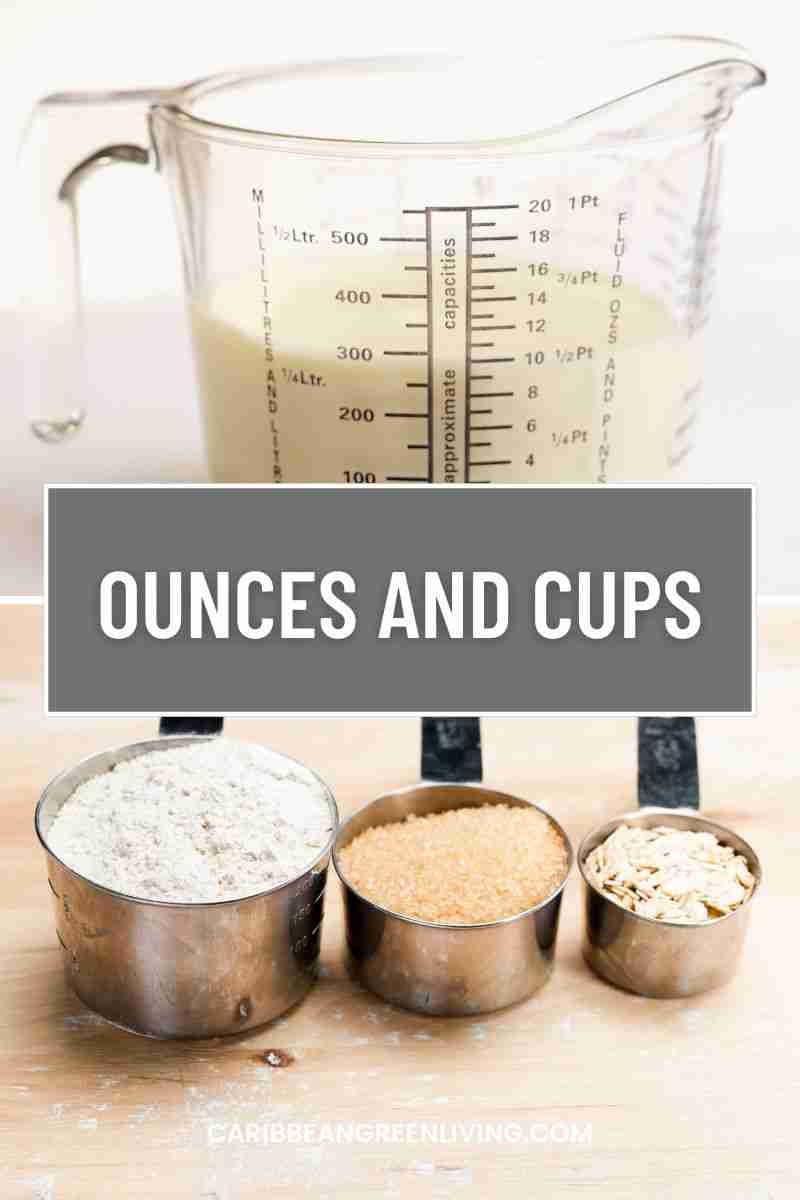
Essential Equipment for Measuring Cups and Ounces
Accurate measurements are the cornerstone of successful cooking and baking. Here’s a breakdown of the essential tools you’ll need to measure both liquid and dry ingredients:
For Liquid Measurements:
- Liquid Measuring Cups: These typically come in a set of nested cups, with sizes ranging from 1 cup to ¼ cup. They are transparent with spout for easy pouring.
- Measuring Spoons: For smaller quantities, measuring spoons are indispensable. They usually come in sets of various sizes, including teaspoons, tablespoons, and sometimes ½ and ¼ teaspoons.
For Dry Measurements:
- Dry Measuring Cups: Unlike liquid measuring cups, these are solid cups without spouts. They come in various sizes, typically from ¼ cup to 1 cup. It is essential to level off the dry ingredients with a straight edge for accurate measurements.
- Measuring Spoons: As mentioned earlier, measuring spoons are also crucial for measuring small quantities of dry ingredients.
Additional Tools:
- Kitchen Scale: While not strictly for measuring cups or ounces, a kitchen scale offers precise measurements for both wet and dry ingredients. It’s particularly useful for baking.
- Spatula or Leveling Tool: This is essential for leveling off dry ingredients in measuring cups to ensure accurate measurements.
By having these tools on hand, you’ll be well-equipped to tackle any recipe with confidence. Remember, accurate measurements are key to achieving consistent results in your kitchen.
British vs. American Measuring Cups: A Small but Significant Difference
While the concept of measuring cups is the same in both the United States and the United Kingdom, there’s a subtle difference in their volume.
- US Customary Cup: This is equal to approximately 240 milliliters.
- UK Imperial Cup: This is equal to approximately 250 milliliters.
This might seem like a small difference, but it can impact the outcome of your recipe, especially when baking.
Why the Difference?
The discrepancy stems from the historical use of different measurement systems. The US primarily uses the US customary system, while the UK has traditionally used the imperial system.
Tips for Converting Between US and UK Cups
- For most recipes: The difference is small enough that you can often use the recipe as is without significant impact on the final product.
- For precise baking: If you’re aiming for perfection, especially in delicate recipes like cakes or bread, it’s advisable to convert the measurements. You can find online conversion tools or use a simple calculation (multiply the US cup measurement by 1.04 to get the UK equivalent).
- Consider using a scale: The most accurate way to measure ingredients is by weight. Using a kitchen scale eliminates the need to worry about cup conversions altogether.
By understanding these differences and taking appropriate steps, you can confidently convert between US and UK measuring cups and achieve delicious results in your kitchen.
How to Fill Dry and Liquid Measuring Cups
Dry Measuring Cups
Dry measuring cups are designed for measuring solid ingredients like flour, sugar, and brown sugar. Here’s how to use them:
- Spoon: Lightly spoon the dry ingredient into the measuring cup until it’s overflowing.
- Level: Use a straight edge, like a knife or the back of a spatula, to level off the excess ingredients. This ensures an accurate measurement.
Liquid Measuring Cups
Liquid measuring cups are transparent with spouts for pouring. Here’s how to use them:
- Place: Place the measuring cup on a level surface.
- Pour: Pour the liquid into the cup until it reaches the desired measurement line.
- Check: Look at the cup at eye level to ensure accuracy. Pay attention to the meniscus, the curve at the liquid’s surface. The measurement should be taken at the bottom of the curve.
The Difference Between Dry and Liquid Measuring Cups
While both types of measuring cups measure volume, there are key differences in their design and use:
- Shape: Dry measuring cups are solid and have straight sides, while liquid measuring cups are often transparent and have a spout.
- Filling method: Dry ingredients are spooned in and leveled off, while liquids are poured in and measured at the meniscus.
- Accuracy: Because dry ingredients can be packed differently, leveling off is crucial for accurate dry measurements. Liquid measurements are generally more straightforward.
By following these guidelines, you can ensure accurate measurements in your cooking and baking endeavors.
FAQ: Ounces and Cups
Ounces to Cups and Vice Versa
- How many cups in ounces dry?
- This conversion is not straightforward as it depends on the specific dry ingredient. Different ingredients have different densities. However, a general estimate is around 1 cup equals 4.5 dry ounces.
- oz to cup
- This is short for ounces to cups.
- How many oz 2 cups
- There are 16 ounces in 2 cups (fluid ounces).
- 5 cups how many oz
- There are 40 ounces in 5 cups (fluid ounces).
- How many oz is 2 cups
- There are 16 ounces in 2 cups (fluid ounces).
- 5 cups how many ounces
- There are 40 ounces in 5 cups (fluid ounces).
- How many cups in 8 oz
- There is 1 cup in 8 fluid ounces.
- How many cups in an 8 oz
- There is 1 cup in 8 fluid ounces.
- How many cups in 40 ounces
- There are 5 cups in 40 fluid ounces.
- 5 oz how many cups
- There is approximately 0.625 cups in 5 fluid ounces.
- How many cups is 2 oz
- There is approximately 0.25 cups in 2 fluid ounces.
- 40 ounces is how many cups
- There are 5 cups in 40 fluid ounces.
Wine and Ounces
- How many ounces in a bottle of wine
- A standard wine bottle contains 25.4 fluid ounces.
- How many ounces in a cup of wine
- This can vary depending on the size of the cup, but a standard serving size is around 5 ounces.
- How many ounces in a bottle of wine
- A standard wine bottle contains 25.4 fluid ounces.
- How many oz in 3 cups
- There are 24 ounces in 3 cups (fluid ounces).
- How many oz are in 5 cups
- There are 40 ounces in 5 cups (fluid ounces).
- 40 ounces in cups
- There are 5 cups in 40 fluid ounces.
Note: The conversions for dry ingredients to cups are approximate as they depend on the specific ingredient’s density. For accurate measurements, especially in baking, it’s recommended to use a kitchen scale.
Conclusion
Mastering measurements is essential for culinary success. The first step is understanding the difference between fluid and dry ounces and their relationship to cups. While conversion charts can be helpful, precise measurements often require a kitchen scale.
Remember, the key to accurate dry measurements is leveling off the ingredients, while for liquids, focusing on the meniscus is crucial. And for those venturing into the world of baking, be mindful of the slight differences between US and UK measuring cups.
With practice and the right tools, you’ll be well on your way to baking and cooking confidently and consistently. Happy cooking!
Source:
- OZ | definition in the Cambridge English Dictionary dictionary.cambridge.org
- Cup sizes, Volume, Capacity – Britannica www.britannica.com
- A digital kitchen scale is an essential baking tool | King Arthur Baking www.kingarthurbaking.com
- Us Cup to Uk Cup Measures | Ask Nigella.com
- Cups to grams and ml tables for US to UK measuring in baking – Matthews Cotswold Flour cotswoldflour.com
- Cup (unit) – Wikipedia en.wikipedia.org
- Imperial and US customary measurement systems – Wikipedia
- The Importance of Measuring Ingredients by Weight for Your Recipes – Food Blogger Pro www.foodbloggerpro.com
- Dry Vs. Liquid Measuring Cups: Here’s Everything You Need To Know – Southern Living www.southernliving.com
- What’s the Difference Between Dry and Liquid Measuring Cups? | Easy Baking Tips and Recipes – Food Network www.foodnetwork.com
